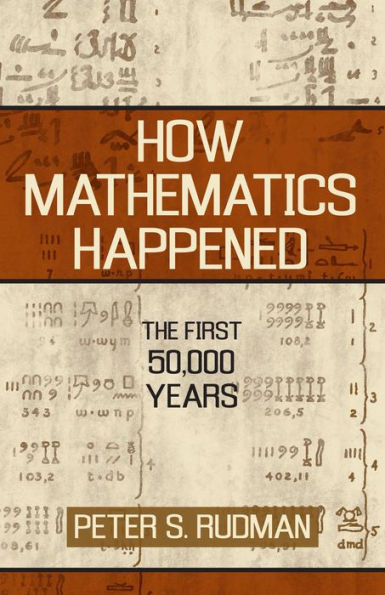In this fascinating discussion of ancient mathematics, author Peter Rudman does not just chronicle the archeological record of what mathematics was done; he digs deeper into the more important question of why it was done in a particular way. Why did the Egyptians use a bizarre method of expressing fractions? Why did the Babylonians use an awkward number system based on multiples of 60? Rudman answers such intriguing questions, arguing that some mathematical thinking is universal and timeless. The similarity of the Babylonian and Mayan number systems, two cultures widely separated in time and space, illustrates the argument. He then traces the evolution of number systems from finger counting in hunter-gatherer cultures to pebble counting in herder-farmer cultures of the Nile and Tigris-Euphrates valleys, which defined the number systems that continued to be used even after the invention of writing. With separate chapters devoted to the remarkable Egyptian and Babylonian mathematics of the era from about 3500 to 2000 BCE, when all of the basic arithmetic operations and even quadratic algebra became doable, Rudman concludes his interpretation of the archeological record. Since some of the mathematics formerly credited to the Greeks is now known to be a prior Babylonian invention, Rudman adds a chapter that discusses the math used by Pythagoras, Eratosthenes, and Hippasus, which has Babylonian roots, illustrating the watershed difference in abstraction and rigor that the Greeks introduced. He also suggests that we might improve present-day teaching by taking note of how the Greeks taught math. Complete with sidebars offering recreational math brainteasers, this engrossing discussion of the evolution of mathematics will appeal to both scholars and lay readers with an interest in mathematics and its history.



